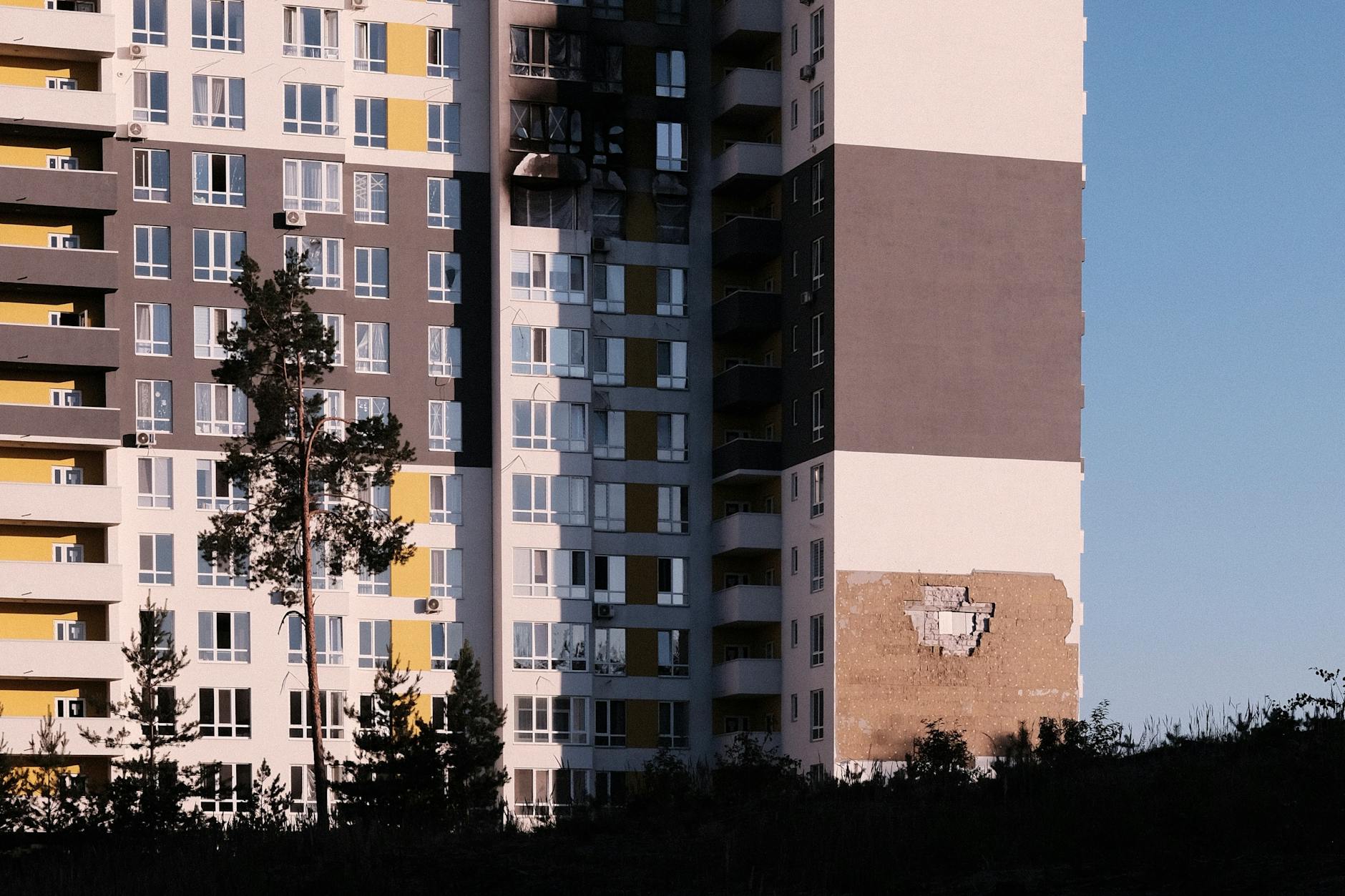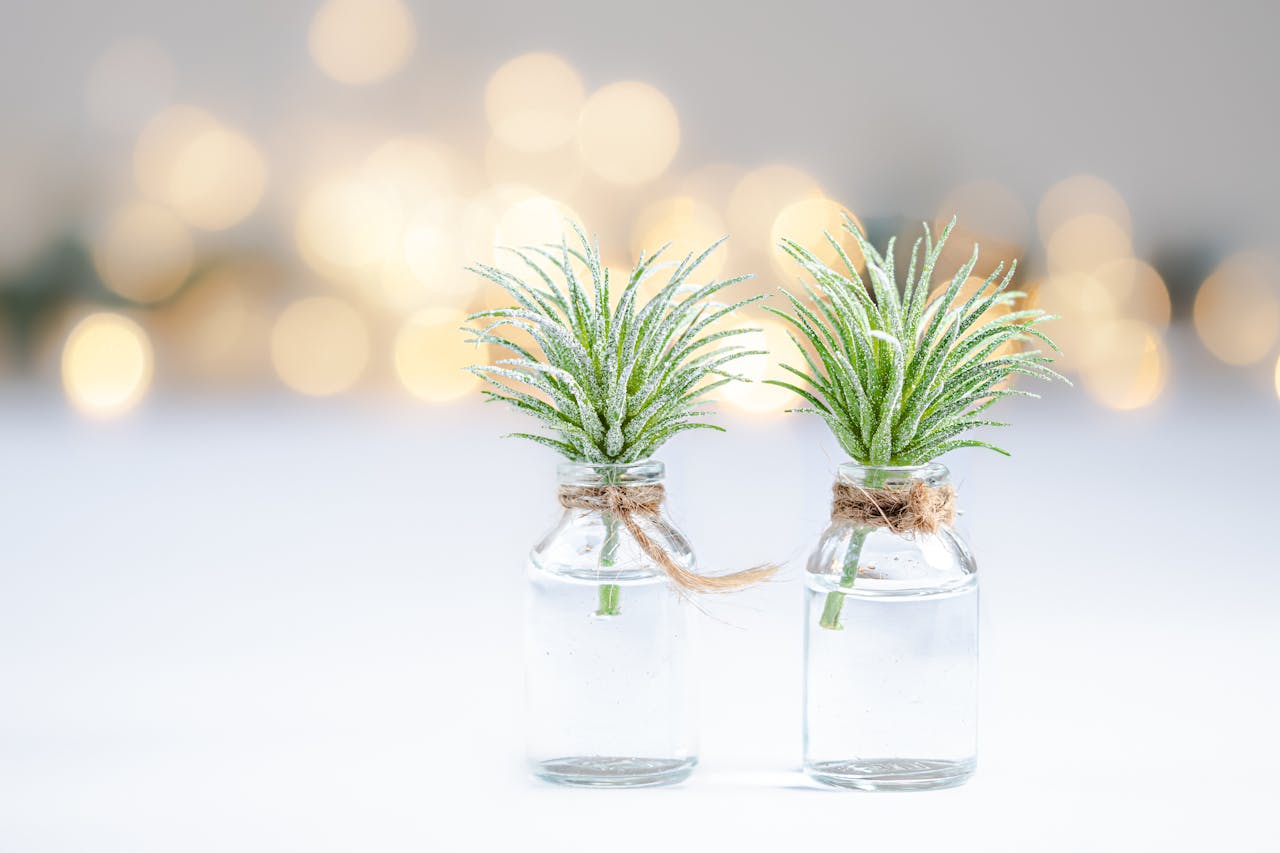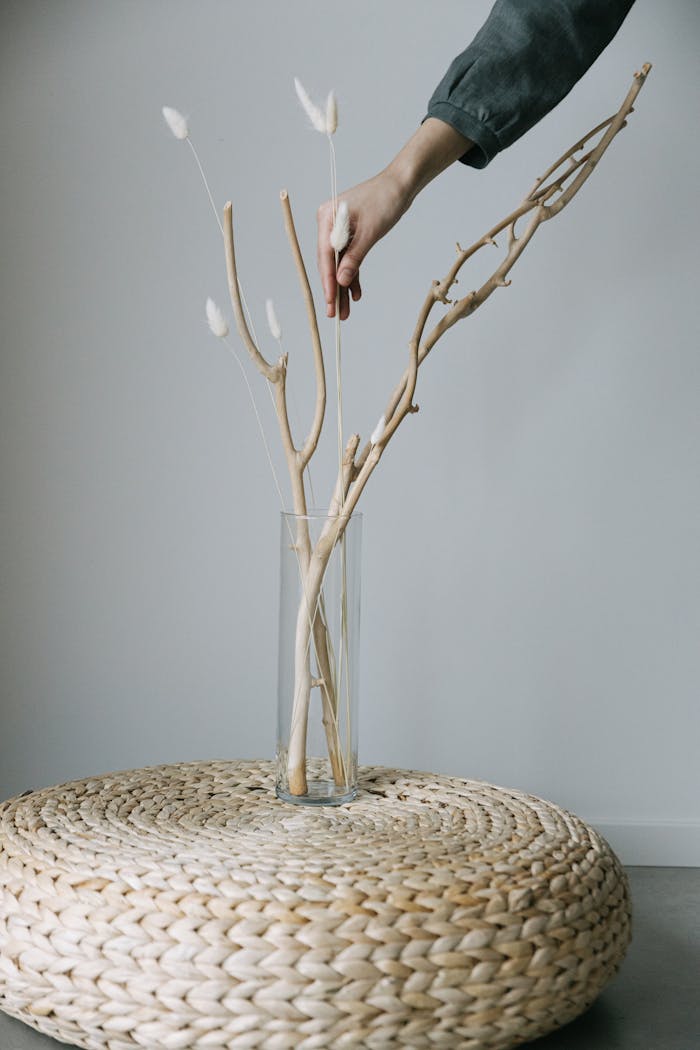Whether it’s due to extreme weather conditions, wear and tear, or simply the passage of time, artificial grass can sometimes become damaged. However, the good news is that there are quick and effortless ways to repair damaged artificial grass, restoring its appearance and functionality. In this guide, we’ll explore some effective solutions for addressing common issues that might affect your artificial turf.
Identifying the Damage
Before you can begin repairing your damaged artificial grass, it’s essential to identify the specific issues you are dealing with. Common types of damage include tears, burns, matting, and discoloration. By recognizing the nature of the damage, you can determine the most appropriate repair method.
Fixing Tears and Rips
If your artificial grass has tears or rips, one solution is to use adhesive glue specifically designed for artificial turf repairs. Begin by cleaning the damaged area thoroughly to ensure the adhesive can bond effectively. Apply the glue along the tear and press the two sides together firmly. Allow the adhesive to dry completely before walking on the repaired area.
Addressing Burns
Burn marks on artificial grass are often caused by hot objects such as grills or cigarettes. To repair burn marks, carefully trim away the burnt fibers with scissors until you reach undamaged grass. Use a patch kit that matches the color and texture of your artificial grass to cover the affected area. Secure the patch in place according to the manufacturer’s instructions for a seamless repair.
Fluffing Matted Grass
Over time, artificial grass can become matted due to foot traffic or heavy objects placed on the surface. To restore the grass’s natural appearance, use a stiff-bristled brush to fluff up the fibers. Brush against the grain of the grass to lift and separate the fibers, taking care not to damage the turf backing. Regular brushing can help prevent matting and keep your artificial grass looking fresh.
Dealing with Discoloration
If your artificial grass has become discolored due to exposure to sunlight or other factors, there are a few remedies you can try. One option is to apply a UV protectant spray designed for artificial turf to prevent further fading. For more severe discoloration, you may need to consider replacing the affected sections with new turf to restore a uniform appearance.
Routine Maintenance Tips
To prevent future damage to your artificial grass, it’s essential to implement a regular maintenance routine. This includes removing debris such as leaves and twigs, rinsing the turf with water to remove dirt and dust, and brushing the fibers to keep them upright and evenly distributed. By taking proactive steps to care for your artificial grass, you can extend its lifespan and minimize the need for repairs.
In conclusion, repairing damaged artificial grass doesn’t have to be a daunting task. With the right tools and techniques, you can easily address common issues such as tears, burns, matting, and discoloration to keep your turf looking its best. By following these quick fixes and incorporating regular maintenance practices, you can enjoy a lush and vibrant artificial lawn for years to come.


